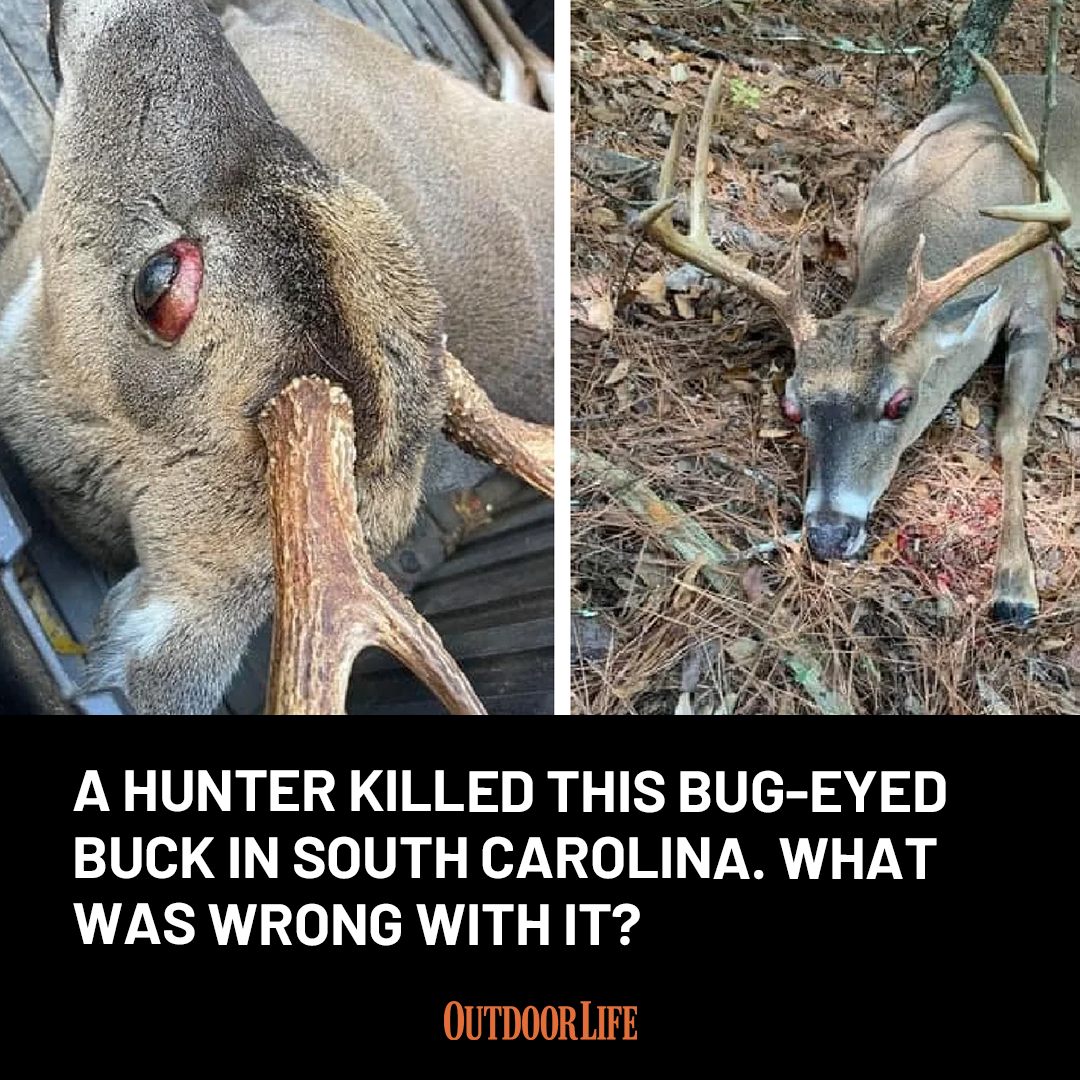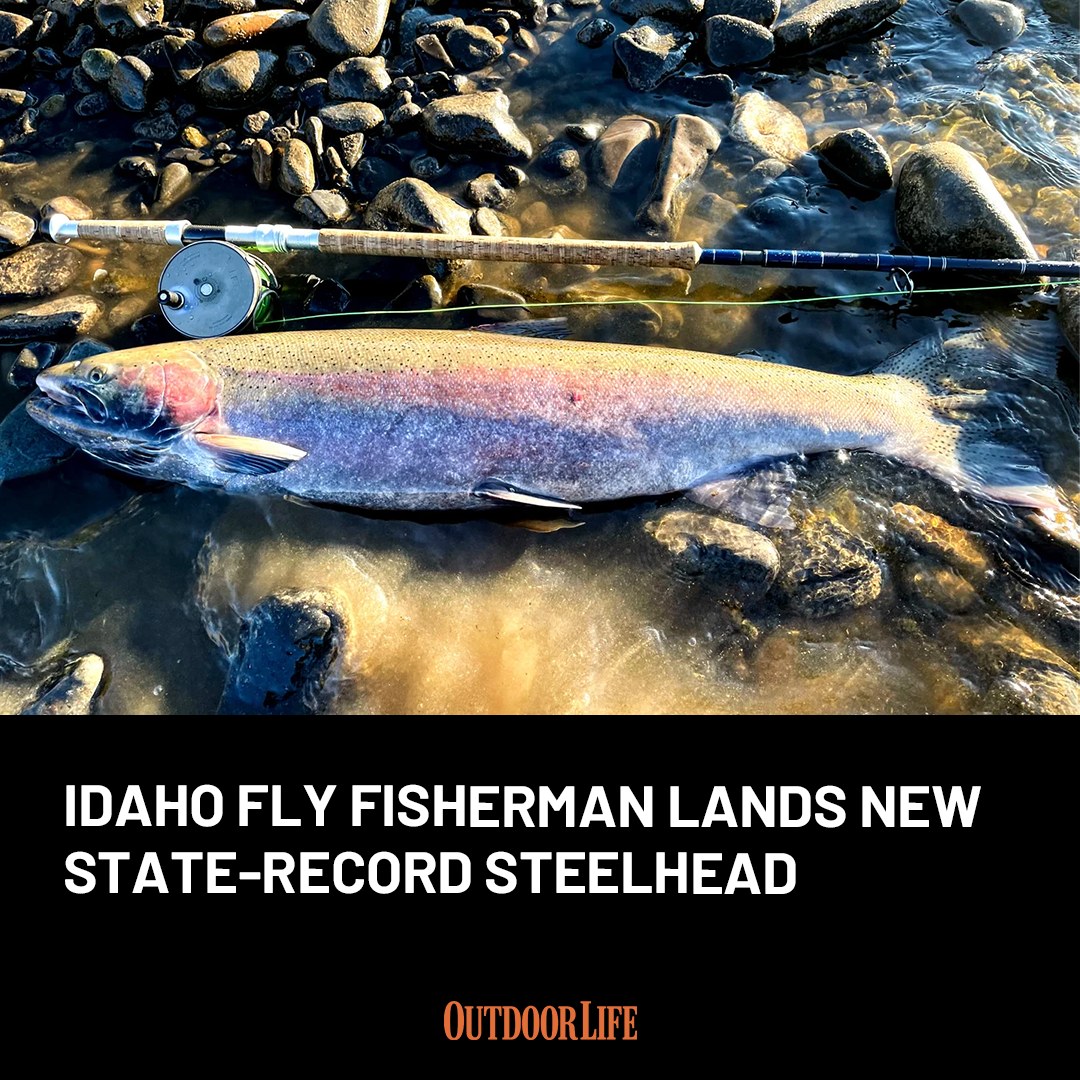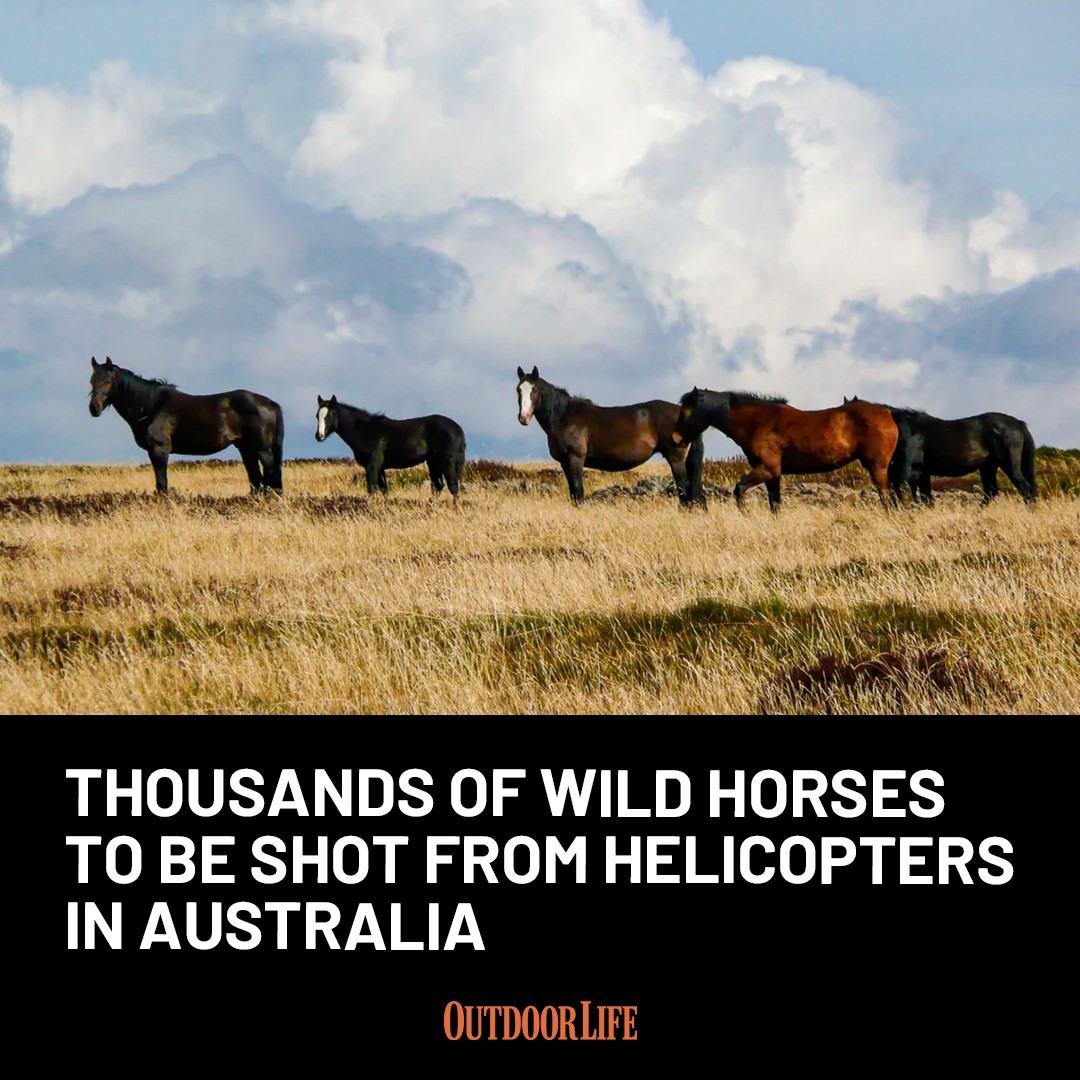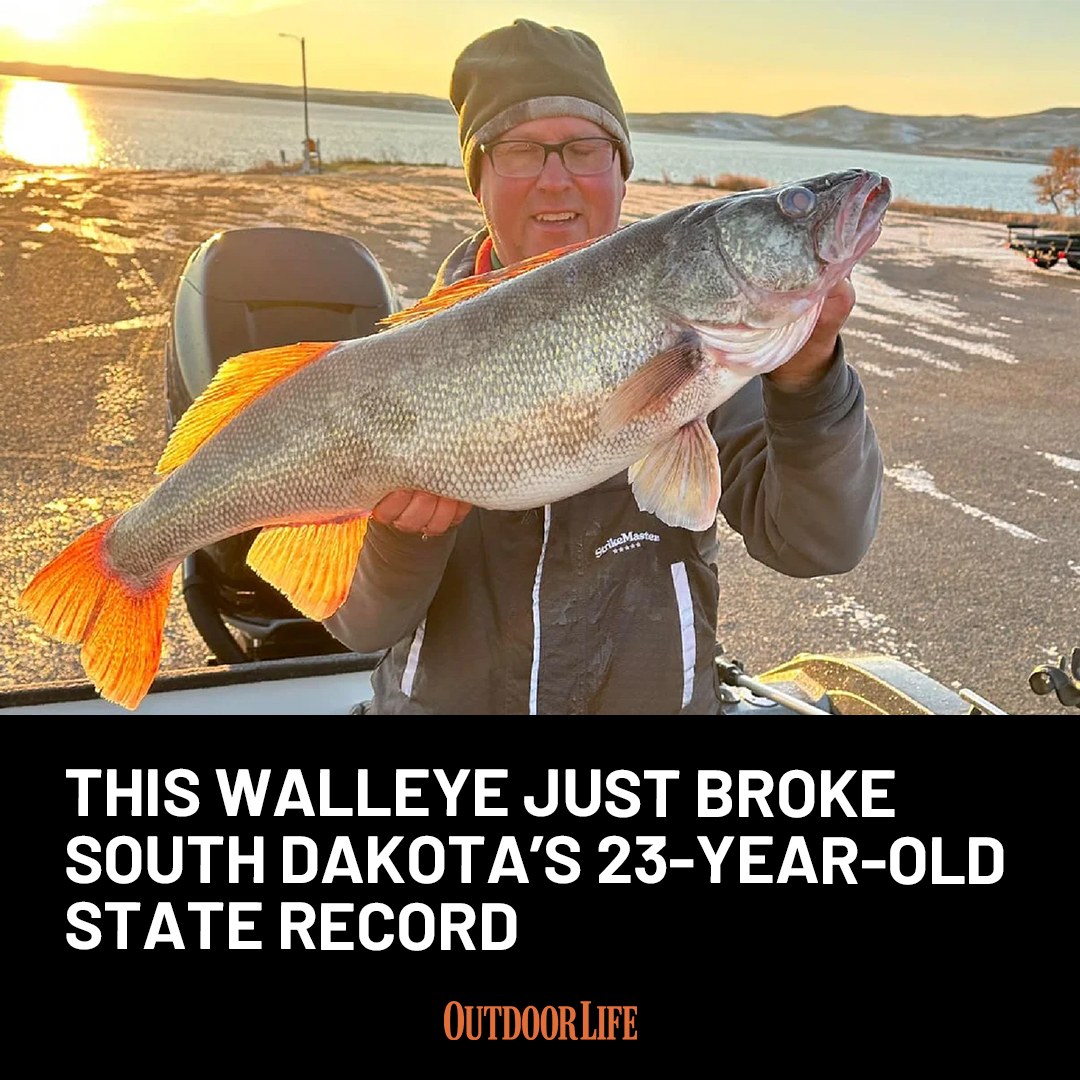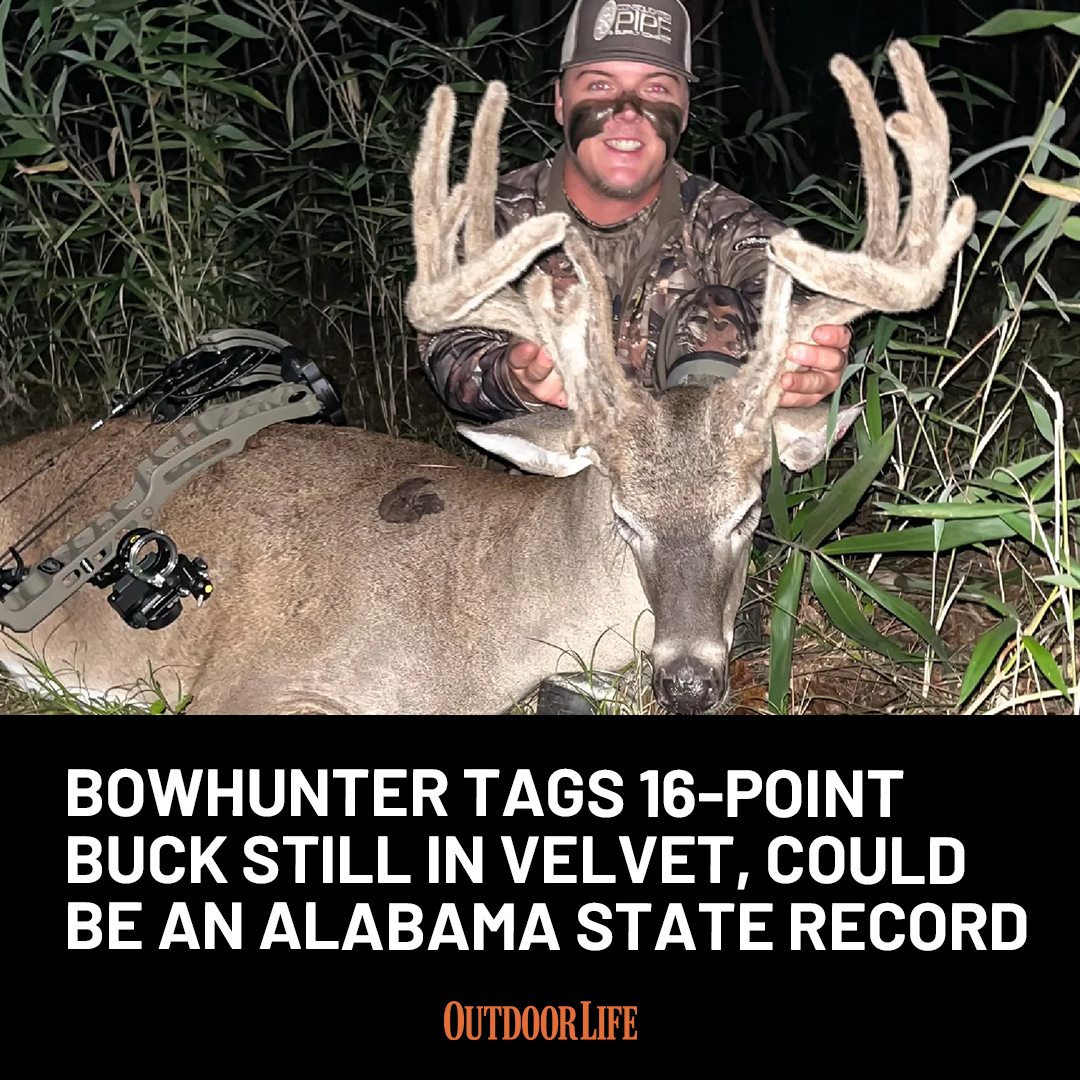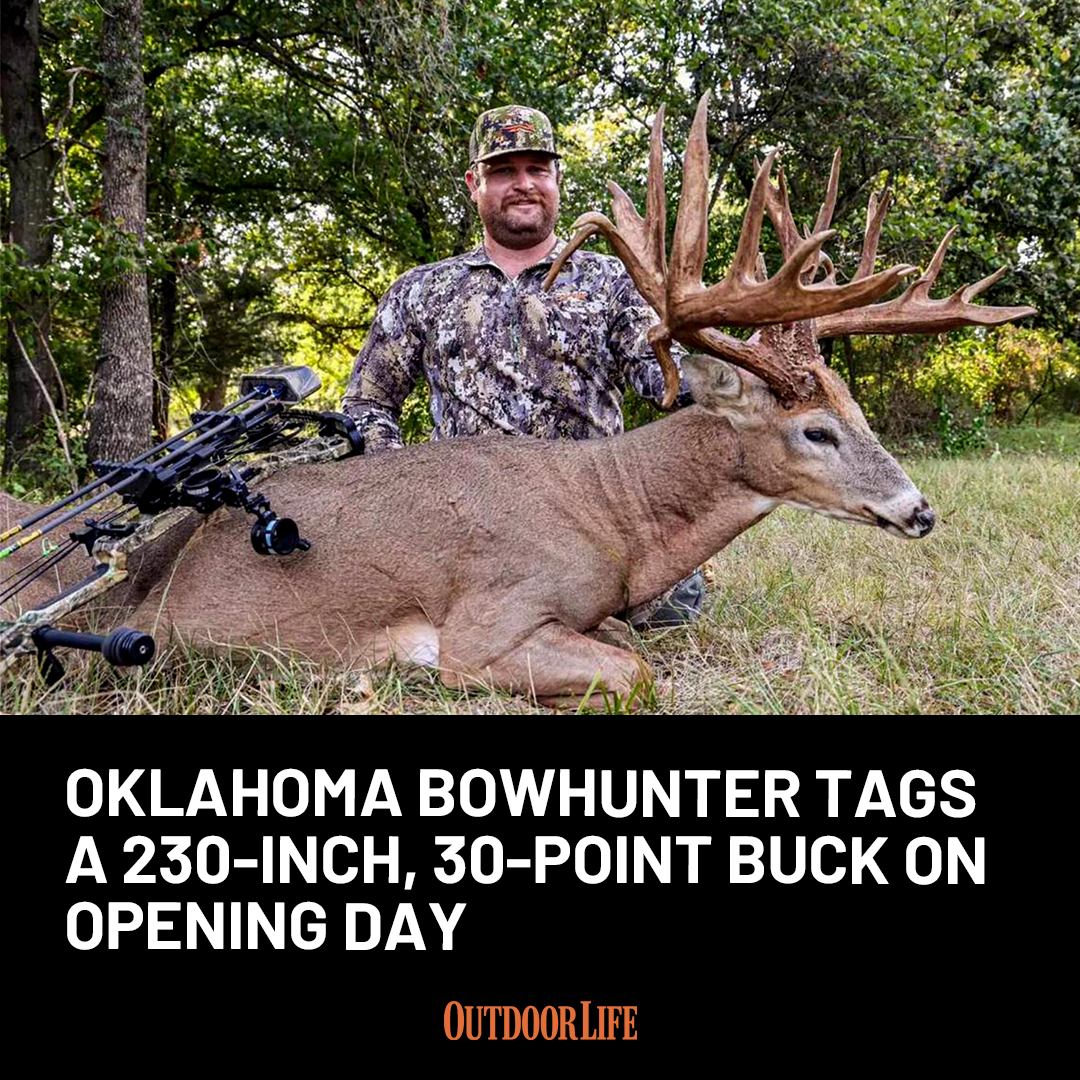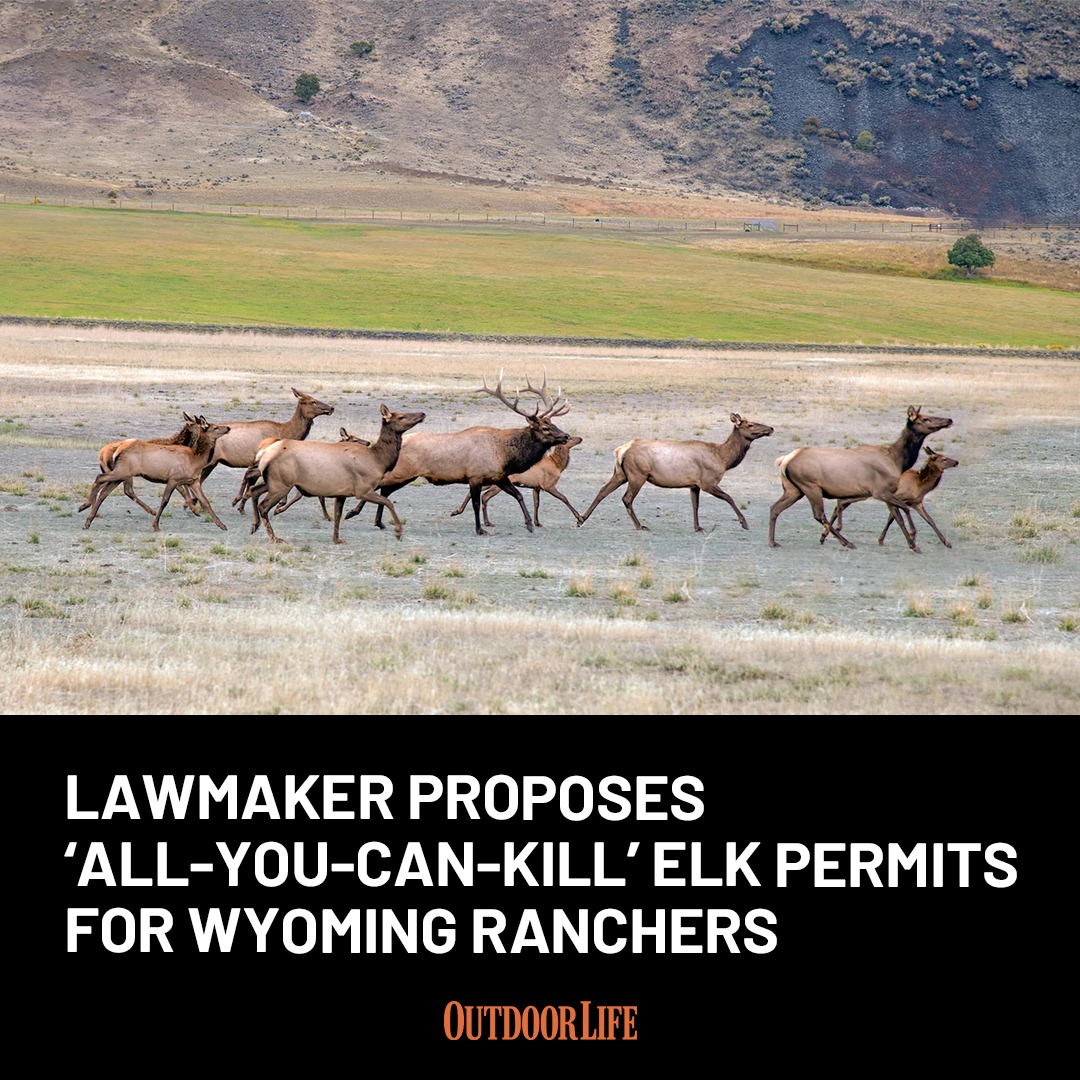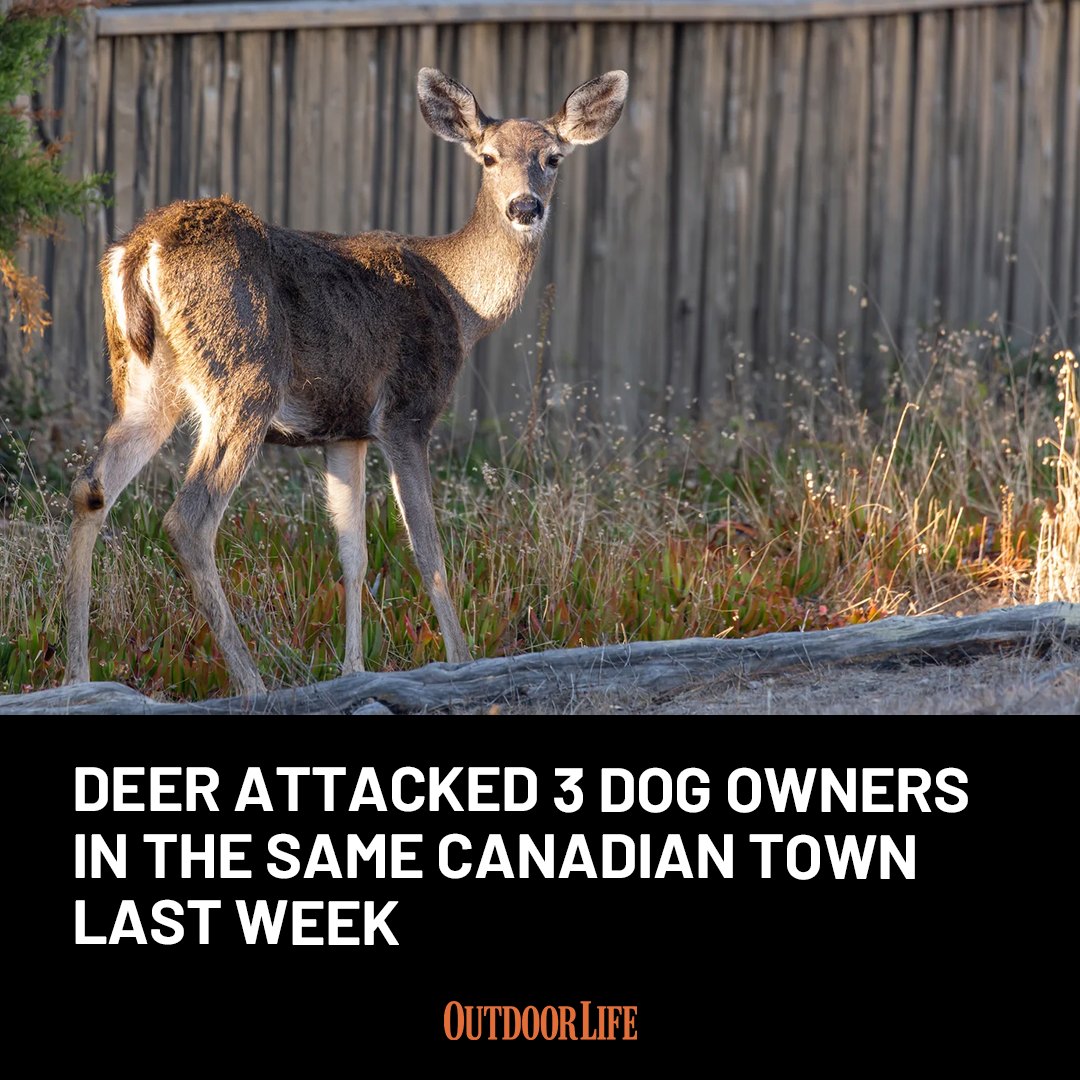Startling photos of a mature whitetail buck with severe eye bulging and redness emerged on Facebook on Sunday, stirring some questions about what was causing the deer’s condition. Brandon Hydrick from Saluda County, South Carolina saw the buck alive while checking cows on his property on Saturday, he tells Outdoor Life. The buck looked like it was bedded but didn’t show any signs of illness or distress. The next day, Hydrick drove his off-road vehicle right up to the buck, at which point he noticed the eye bulging and signs of blindness and lethargy.
After calling the South Carolina Department of Natural Resources, Hydrick killed the deer to put it out of its misery. He sent video footage and other documentation of him killing the buck to SCDNR, per a game warden’s request, but he didn’t have to use his deer tags on it.
“I take pride in harvesting these animals, so I called [DNR] immediately,” Hydrick says. “I know I can legally shoot him because it’s deer season and I have tags and a license, but I wanted to know what the right thing to do was.”
Conservation officers and biologists reviewed the footage, SCDNR big game program coordinator Charles Ruth tells Outdoor Life. After initial observation, Ruth’s main theory is that the buck was suffering from a brain abscess that was impacting its neurological function—especially its vision. The abscess was likely causing pressure on the brain and inside the skull, which in turn caused the eyes to bulge and likely rendered the buck either partially or fully blind.
But where did the brain abscess come from? When bucks rub and spar, they often cause minor, surface-level injuries to their heads, Ruth says. Bacteria that live naturally on the skin can tunnel into the cranium, boring a pinhole in the skull and starting the abscess. When white blood cells attack bacteria, tissue surrounding the infection site dies and creates a pocket of pus. In a location like the brain, without relief, that pocket will keep growing.
Roughly 4 to 6 percent of mature bucks can have brain abscesses, Ruth says. Because these are caused by normal skin bacteria, there’s no risk of transmission or outbreak. But they do become more common during certain times of the year when bucks are fighting or rubbing more, like during the rut or when they’re shedding velvet. It’s not long before the neurological consequences set in.
A few other hypotheses for this deer’s ailments included epizootic hemorrhagic disease or a congenital condition that the buck has dealt with since birth, Ruth says. But the buck is in good body condition, which makes EHD less likely.
“That deer otherwise looked like it was in pretty darn good shape,” Ruth says. “It had good body mass and muscle tone. More than likely, given that it had a nice set of antlers, whatever happened to it has happened since most of its antler development ended.”
If the condition is part of some genetic birth defect, the buck would have been developing these symptoms since it was a young fawn. (Ruth estimates the buck is around 3.5 to 4.5 years old based on its body size and shape.) But Hydrick had trail camera photos of the buck in perfect health from earlier in the year, so Ruth’s primary estimate is that a bacterium like Trueperella pyogenes or a staphylococcus strain is to blame.
Read Next: Zombie Deer Disease: CWD’s Unfortunate Nickname
Unfortunately, Ruth says, a brain abscess is a certain death sentence for the affected deer.
“We’ll get the quintessential call from a property owner or hunter who has an adult buck walking in circles in a food plot, and you can walk right up to them and they don’t even have any idea you’re on the planet,” Ruth says. “Those deer are going to die.”
Editor’s note: This article has been updated to include comment from landowner Brandon Hydrick.
